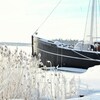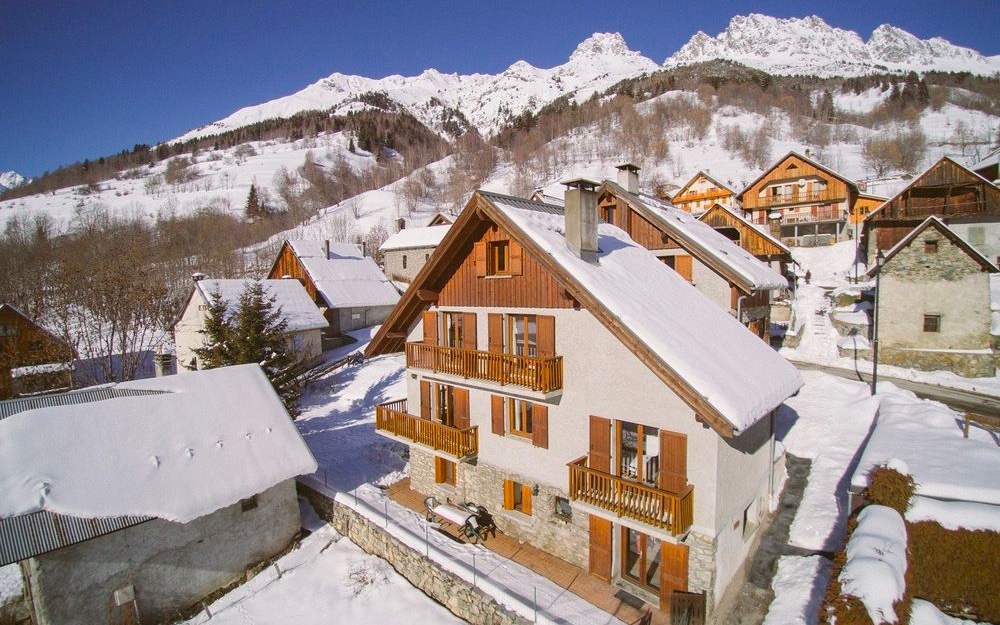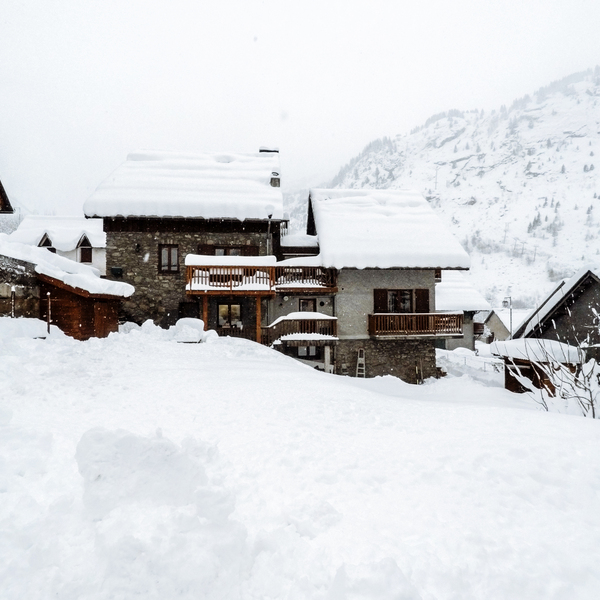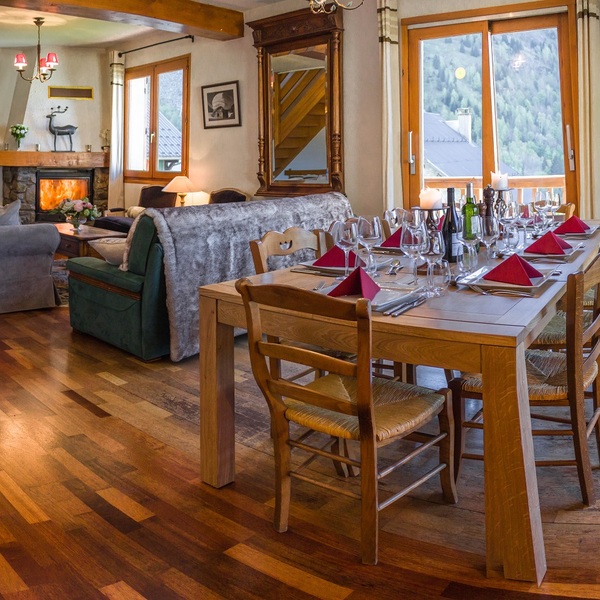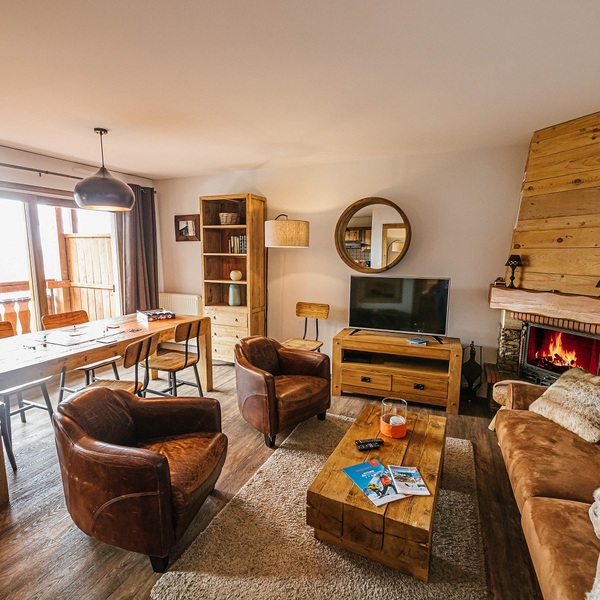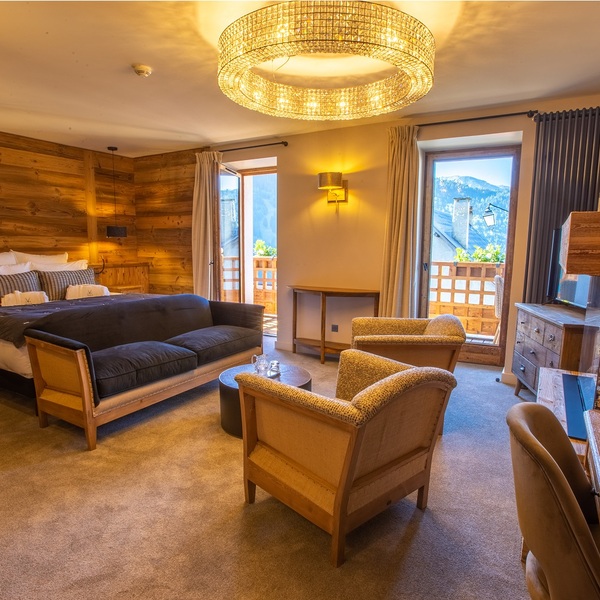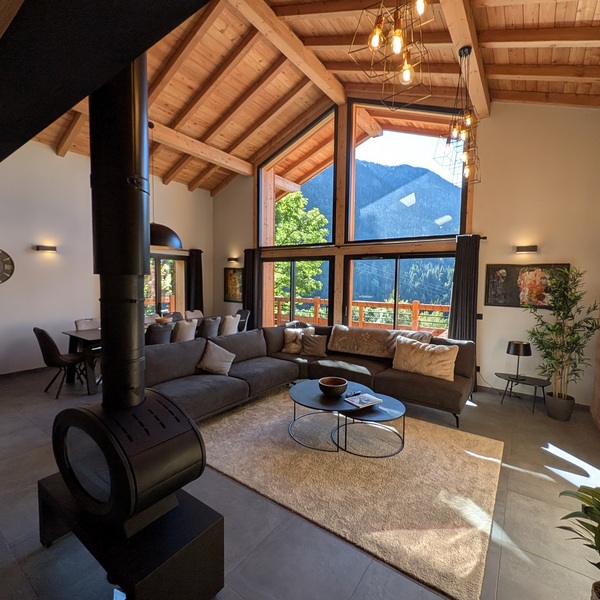Skiing injuries are quite common, especially those involving the knees or legs. This can be due to many things, such as improper form, landing incorrectly, failing to warm-up, or not having the right equipment. If you are planning to hit the slopes next ski season, or perhaps just want to learn how to ski, below we look at how to avoid any knee and leg injuries to ensure you get the most from the slopes.
Start A Conditioning Routine
Photo by Nathan Cowley
Weeks before you are going to ski, you must condition your body suitably to reduce the impact of injuries and to ensure your body is ready for skiing. Skiing is a very demanding workout and conditioning the body is a great way to get the most from your skiing sessions. Exercises such as power walking, running, and cycling can all aid with preparing your body for the high demands of skiing.
Ensure you strengthen your legs and core with exercises such as planks and sit-ups. Look for exercises targeted at strengthening these areas. You must also improve flexibility before skiing as this can help you land properly and reduces the risks of pulled muscles and injuries. Try yoga or a stretching routine daily to improve your flexibility. Balance is also a vital part of skiing. Try different balancing routines or invest in a skiing balance board.
Warm-Up Before Skiing
Photo by Pixabay
Skiing is no different to any other sport, and should always be started with an appropriate warm-up. You should be stretching before (and after) to keep your muscles relaxed and ready for the slopes. If you are going to be out for the day, it is recommended to stretch and warm-up for around 20 minutes. The IT Band, which is found at the outer thigh, is a tendon that is commonly injured in athletes and can be injured during skiing. This is why IT band stretching is important part of your ski warm-up.
Use The Right Equipment
Photo by Pixabay
When skiing, you must use the right equipment for your size, otherwise you will increase your risk of injury. If you have friends who ski, it can be tempting to borrow their equipment, but if it is not suited to your height or the ski boots are not a proper fit, you are setting yourself up for a leg or knee injury. Another thing to consider is what type of skiing are you wanting to do? This might sound like a silly question but there are actually quite a few disciplines to skiing, all require varying equipment:
- Cross-country - Requires very skinny skis and specific boots that clip in at the toes. Think running with skis under your feet and poles to help keep up the speed. The poles are as high as your shoulders!
- Freestyle and park skiing - Smaller poles and smaller, lighter skis for quick rotations. They are also known as 'twin-tips' so the rider can ski backwards, varying the approach and landing for tricks.
- Freeride - Wider skis under foot so that you float onto of powder. Skis can also come with a 'rocker' which means the tips are bent backwards in order to allow the tips to stay above the snow and allow the skier to lean into turns rather than leaning back, which is bad practice (but often done).
- Racing - Skis are heavy and shapely for carving and cutting through the ice at high speeds
- Touring - Requires special bindings and also boots (dependant on type of binding). This is where a person walks up the mountain with 'skins' under the skis so as not to slide back. The heals come up from the skis so that it is more like walking. The binding fixture then clicks into position to fix the boot when descending.
- Telemarking - Like normal skiing but with your heal lifting up; a bit like touring but the person skis downhill with lifted heals. Imagine someone lunging with their back knee near the ground every turn - very difficult!
If you cannot afford your own equipment, no problem, every resort has rental shops. This way you can ensure your ski boots fit both comfortably and firmly. Ski poles and skis must be the appropriate size for your height. Some skiing equipment is also meant for advanced skiers, so make sure you inform the salesperson of your skill level.
Ensure You Understand The Correct Skiing Techniques

Photo by Martin Magnemyr
Proper form during any exercise is important, and skiing is no different. You must learn how to stand correctly when skiing, as well as when falling. As you tire throughout the day, it can be harder to maintain proper form and therefore you must keep an eye on it. If you are not sure of proper form, you should ski with a teacher or experienced skier who can guide you. While skiing, falling is very normal, but how you fall makes all the difference. Check out this guide to understand how to fall properly and safely, so you can reduce the risk of leg and knee injuries.
Preparation and stretching is key before hitting the slopes to ensure your body is in optimum shape to ski. Get the right equipment for your size and make sure you have brushed up on the correct skiing techniques. These will all help to avoid knee and leg injuries when skiing.
Tagged with;




